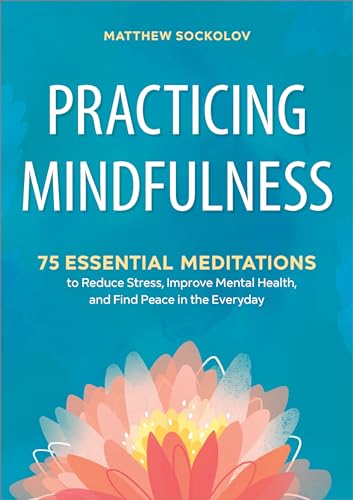To find your mantra for transcendental meditation, consult a certified instructor who can provide a personalized mantra suited to your individual needs and experience.
Finding the right mantra for Transcendental Meditation (TM) can transform your practice. Unlike other meditation forms, TM uses personalized, meaningless sounds to guide you into deep consciousness. This guide reveals how to select a mantra that resonates with your energy.

What Makes TM Mantras Unique?
TM mantras aren’t affirmations or meaningful phrases. They’re vibrational tools designed to:
- Effortlessly settle your mind
- Access deeper consciousness levels
- Promote natural transcendence
Celebrities like Hugh Jackman credit TM with life-changing benefits. As he shares: “Some of the clearest ideas or epiphanies I’ve had in life happened during or after meditating.”
The Science Behind TM Mantras
Research shows TM mantras work through their:
| Feature | Benefit |
|---|---|
| Meaningless nature | Prevents mental engagement with content |
| Specific vibrations | Resonates with natural mind frequencies |
| Personal assignment | Matches individual energy patterns |

Traditional Mantra Selection Process
In authentic TM practice, certified teachers assign mantras through a precise method:
1. The Teacher’s Role
Teachers complete months of training to learn:
- How to match mantras to individuals
- The proper way to impart mantras
- Follow-up guidance techniques
2. Mantra Sources
These sounds originate from the Vedic tradition, considered the closest human approximation of creation’s fundamental vibrations. Some mantras specifically support heart chakra healing while others aid overall transcendence.
3. Personalization Factors
Teachers consider:
- Your age
- Life circumstances
- Subtle energy patterns
Alternative Approaches to Finding Your Mantra
While teacher guidance is ideal, you can explore these methods:
1. Simple Sound Selection
Choose a short, meaningless sound that feels natural. Examples include:
- “Om” (though traditionally meaningful, some use just the sound)
- “So-hum” (natural breath rhythm sound)
- “Aing” (neutral vibration)
2. Chakra-Based Sounds
Some practitioners select sounds corresponding to their dominant chakra. For example, those working with throat chakra energy might use “Ham.”
3. Intuitive Selection
Try different sounds during meditation. The right mantra will:
- Feel comfortable to repeat
- Naturally fade as you deepen
- Create a sense of settling
Common Mistakes to Avoid
When choosing a TM mantra:
1. Avoid Meaningful Words
Words with definitions keep your mind engaged at surface levels. As noted in official TM resources, this prevents true transcendence.
2. Don’t Share Mantras
What works for others may not suit your energy. Even similar-sounding mantras can have different vibrational effects.
3. Skip Complex Sounds
Multi-syllable mantras require more mental effort, counteracting TM’s effortless nature.
Enhancing Your Mantra Practice
Once you’ve selected a mantra, boost its effectiveness with:
1. Supportive Crystals
Certain stones like third eye chakra crystals can deepen meditative states.
2. Proper Technique
Remember TM’s key features:
- 20 minutes twice daily
- Comfortable seated position
- Eyes closed
3. Consistent Practice
As research from NIH studies shows, regular TM practice yields cumulative benefits for stress reduction and cognitive function.
When to Consult a Teacher
Consider professional guidance if you experience:
- Difficulty settling your mind
- Frustration with self-selected mantras
- Desire for traditional instruction
Remember, the perfect mantra should feel like a natural mental “vehicle” – effortlessly carrying you deeper while requiring no forced concentration.
